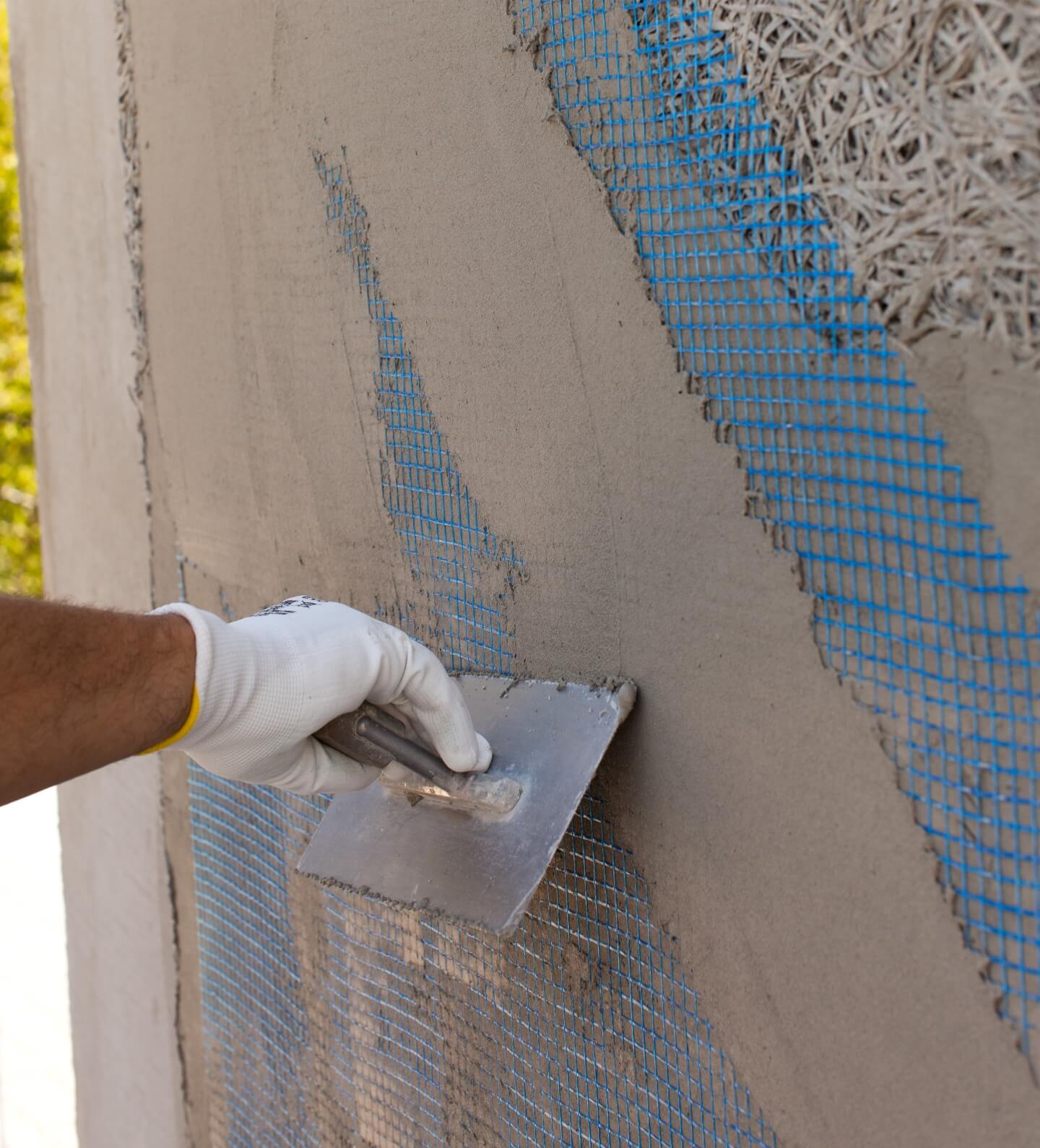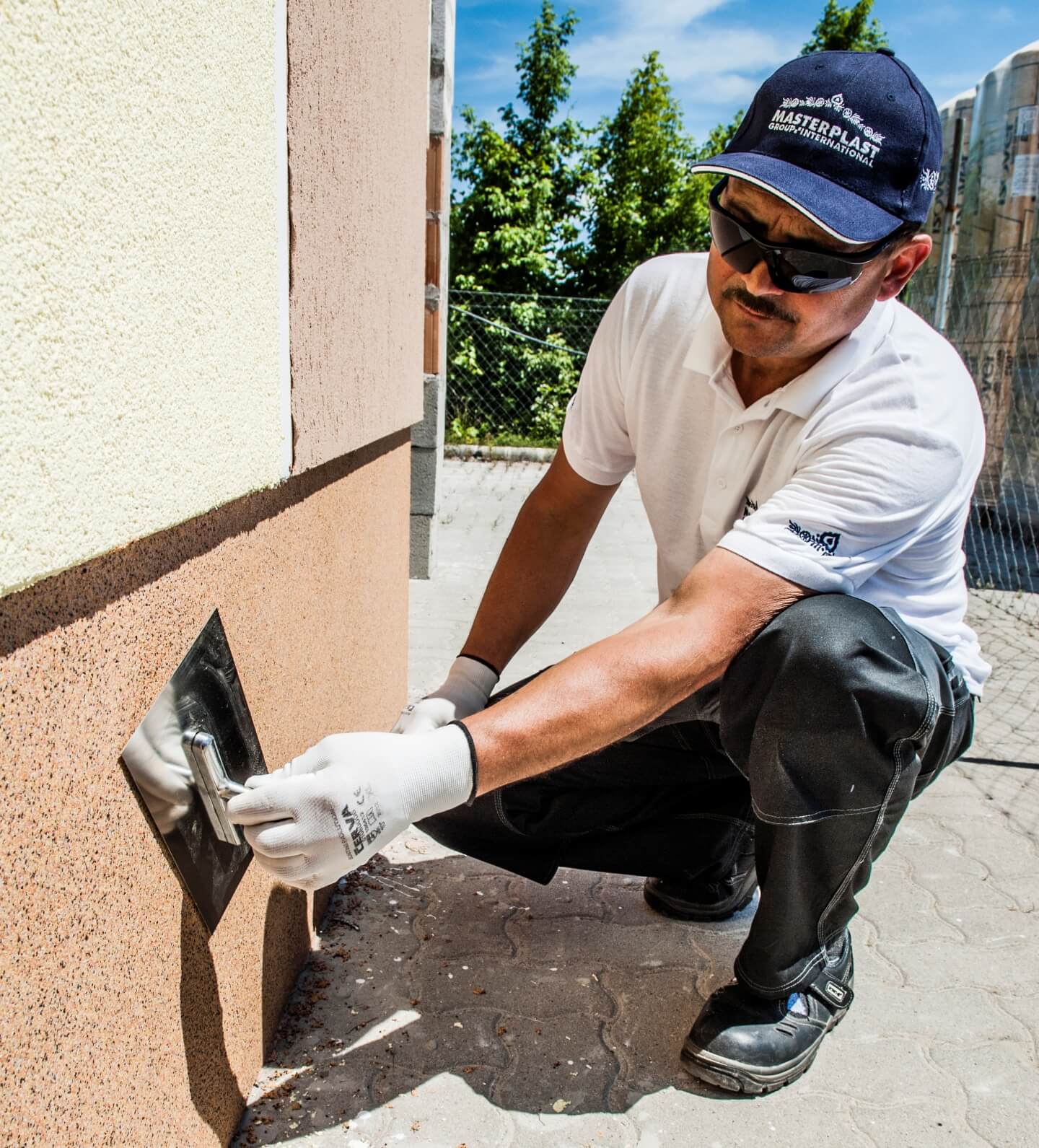According to the data of the Hungarian Building Records, only 3,59 percent of the properties rated last year meet this requirement. Moreover, the Hungarian Central Bank also supports the spreading of the eco-friendly products in order to improve the properties energy efficiency, after the loans taken out for green residential properties lent between 2020-2023.
The construction manufacturers have been working to develop more energy- and environmental-conscious products worldwide, therefore, the constructors and manufacturers have the option the choose from a large scale.
According to Andras Gali, architect and engineer specialized for building energetics, and the owner of a Hungarian think-thank (Országos Tanúsító Központ), it still takes time to overcome the normal practice as it its currently not evident to choose energy-conscious solutions in the construction industry.
Most of the properties are modern and ordinary
The tightening building energetic regulations should be taken into consideration even from the beginning of the year, as the delivery of the buildings can be delayed for numerous reasons.
From the beginning of the next year only the properties with nearly zero energy-demand, i.e. those buildings can get a permit for use in the EU whose energy-efficiency meets the requirement of the nearly zero energy-demand, uses renewable energy sources produced local or nearby in at least 25 percent, therefore miminum has a BB energy rate. In Hungary, approximately every fourth property from the 4.4 million has certificate about its energetical conditions. In the past 4 years, 67-68 percent of the concerning properties got rates between CC (modern) and GG (approximately ordinary), according the to publicly available statistics. On the other hand, 29-30 percent of the properties were given weak, bad or particularly bad evaluation (HH and JJ). In the past for years the number of properties with minimal (AA++) and nearly zero (BB) rates grew with 2,69 percent, although it still meant only 3.59 percent of the overall evaluated properties in 2019. Although, 57 percent more properties were given a BB rate last year than in 2018, the largest upswing was measured in 2017 with its 184-percent growth.

This could happen as a result of the transmission to the European Union regulating and evaluating system in 2016.
“In my opinion, even less than 3.59 percent of the properties, proven by the e-statistics, meet the tightening energetic regulations in Hungary. The data of 2019 does not represents the overall property stock; according to my estimations, less than 1 percent of the properties meet the nearly zero requirement (BB rate). Nevertheless, I am optimistic about the new regulations for building energetics, as it makes regulations mandatory that are modern and progressive even with Western European standards” – says Andras Gali.
Sooner or later it will reach every property
“Many people do not know that the energy certifications shall be issued for all the properties that are sold, as an expertise is needed for signing the contract. What is more, the energy requirements must be applied to the immense renovation, not just the construction, of the buildings. For instance, a 25-percent renovation of the overall surface of the bordering structure is considered an immense renovation.
The e-statistics tell a lot about the overall condition of the Hungarian properties, and realistically, it takes a decade to experience relevant changes even with the regulations. Nevertheless, I believe if the energy-conscious mindset appeared in the renovations, it could significantly accelerate the process. A propriate energy condition can remarkably improve the value of the buildings and properties on the real estate market – whether they are new or old. Although, based on my experience, most of the people renovate due to need and the constraining influence of external aspects – for example because of breakdown or spoilage, the number of investors whose aim is to reduce the energy consumption is also growing. In long term, I expect a growing tendency in the value enhancement of the renovating sector” – presumes the specialist.
What and when do we renovate?
Based on the survey of the Hungarian Central Statistics Office (KSH), the most common type of renovation is painting – the homes are usually repainted in every 12-13 years. In addition, in more than half of these properties the tiles and windows and doors were changed or renovated in the past 10 years, while only 20-25 percent of the household technology, insulation system and outer tiles were renovated during the period in question. The renovation of these, based on the tendencies, happen in every 40-50 years. A significant regional difference in the renovation habits cannot be experienced.

Only minimal differences can be meaused between cities and smaller settlements.
The household renovations and air condition installments are more common in Budapest, while the renovation of external tiles and heat insulation is more typical in smaller settlements.
“A home with appropriate energetical conditions will return its cost in long term, for instance through the costs of living, even during the renovation. Based on my experience people in Hungary, compared to the surrounding countries, pay less attention to choose quality windows and doors, although the largest heat loss arises from these. However today we do not need to choose between aesthetics and function, we do not need to make compromise. The design Oscar-winning Elegant profiles for instance have the value suitable for passive houses as well, and they are made of recycled materials” – added Janos Bucsi, Key Account Manager of the Belgian Deceuninck window and door manufacturer company.
The construction industry turns its head to renovations
Pursuant to the data of the Hungarian Central Bank related to real estate loans in the period of January-April 2019, we take out loans in 78 percent for used properties, and turn 11.2 percent of the loans to newly built houses, while the other 10.8 percent is spent on housing extension. According to the detailed forecasts of EUROCONSTRUCT in last year that measured the building market of 19 European member country, the pace of the growing tendency in construction industry will slow down in 2020, and restructuring can be expected in the building trends as well. After the growing tendency of new buildings experienced in the past 5 years, the renovating market seems more favourable this year. Approximately 21,500 homes were built in Hungary last year, and this volumen has declined to 16,000 homes this year. In 2021-2022, only 12-13,000 will have been built realistically in the Hungarian market according to an independent research.
The economical, regulating and product developing trends affect positively the energy-focused and value enhancing renovations besides the new constructions.

Masterplast Nyrt.
Founded in 1997, the Masterplast group is one of the leading building material producer and distributor companies in the Central Eastern European region. The company group owns subsidiaries in 10 countries, and sells products in a further 30 countries. The company is registered in the premium category on the Budapest Stock Exchange, and had revenue of 201,8 million euros in 2022.

